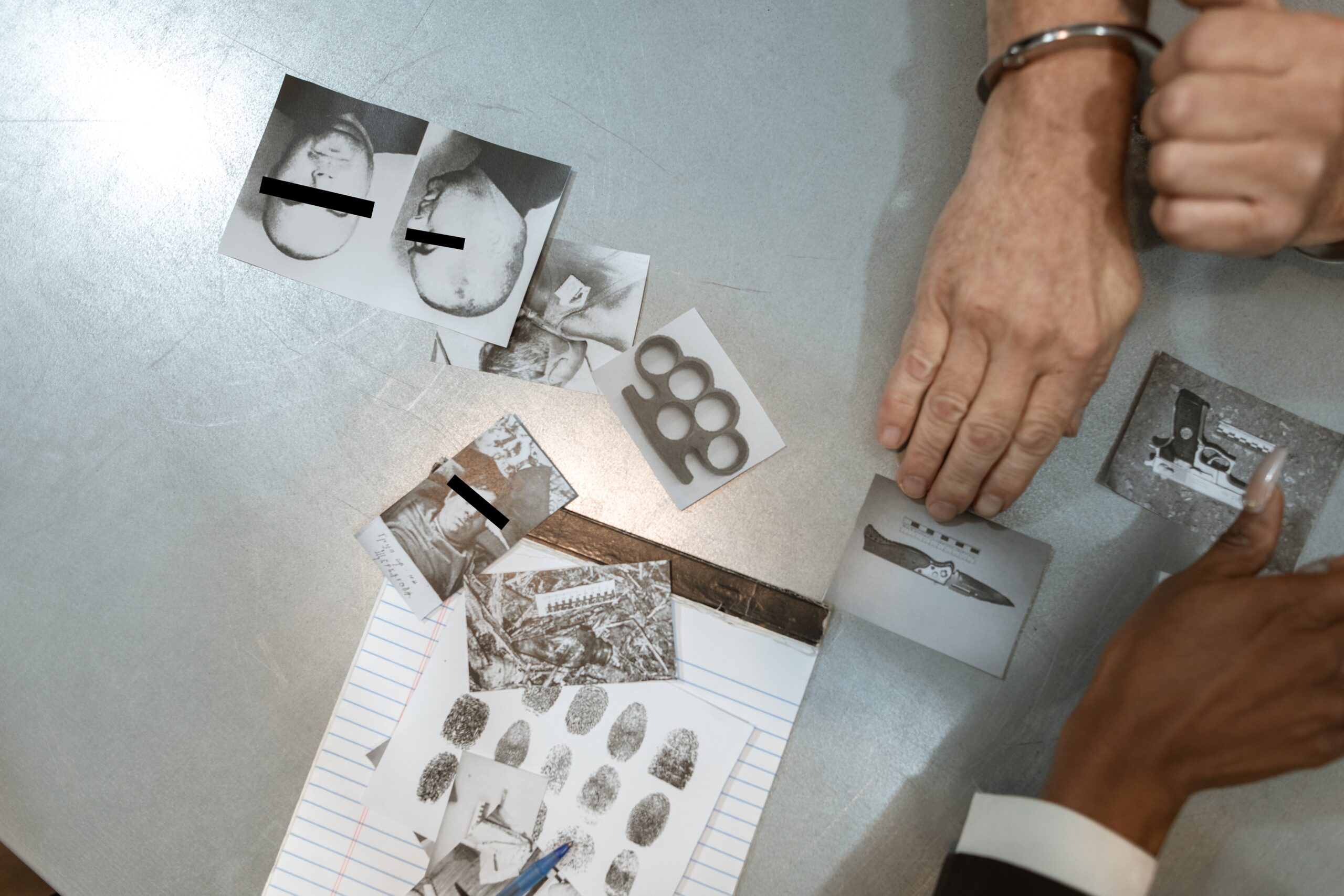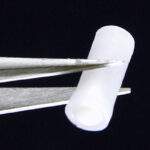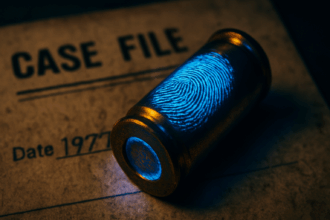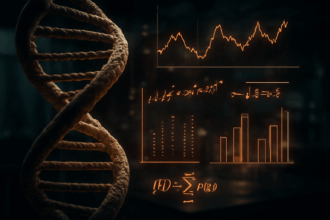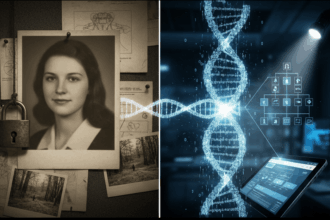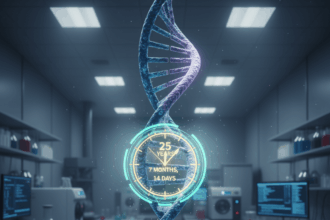Rudolph Virchow (1821–1902) establishes the roots of cellular biology and anatomy.
Virchow’s research at Würzburg helped to establish the concept of cellular pathology, the idea that all diseases are caused by changes in normal cells. Virchow argued that life was merely the sum of the processes of cellular activities. He eventually published a six-volume series on pathology called the Handbuch der speziellen Pathologie und Therapie (Handbook of special Pathology and Therapeutics) in 1854. In 1855, he further developed his ideas by publishing his famous aphorism omnis cellula e cellula which became a part of the foundation for cell theory.
Johann Ludwig Casper (1796–1864) publishes the first color forensic pathological lithographs. Before his sudden death in 1864, Casper published colored lithographs of gunshot wounds in cadavers in his textbook, Atlas zum Handbuch der gerichtlichen Medicin.
Jean Servais Stas, a chemistry professor from Brussels, Belgium, successfully identified vegetable poisons in body tissue.
Ludwig Teichmann (1823–1895) develops the hematin test to test blood (hemoglobin) for the presence of characteristic rhomboid crystals (hemin crystal).
His microcrystalline test remains in use today as a means of identifying whether or not dried stains at a crime scene, on clothing or other fabric, or elsewhere at the site of a forensic investigation contain (human) blood.
San Francisco became the first city in the U.S. to use photography for criminal identification. Maddox developed dry plate photography, an English physician eclipsing M. Daguerre’s wet plate on tin method. This made practical the photographing of inmates for prison records.
1856 Sir William Herschel (1833-1917), a British officer working for the Indian Civil service, recognized that fingerprintsFingerprint, impression made by the papillary ridges on the ends of the fingers and thumbs. Fingerprints afford an infallible means of personal identification, because the ridge arrangement on every finger of every human being is Read Full Definition do not change for more than 50 years and thus used thumbprints on documents to substitute for illiterate written signatures and verify document signatures.
The first paper on hair analysis is published in France. This introduced the idea of hair and fiber analysis.
1859: Gustav Kirchhoff (1824-1887) and Robert Bunsen (1811-1899) in Heidelberg, Germany, invented the flame spectroscope, an instrument that allowed the identification of elements by their emission spectra.
- The Dutch scientist J. Izaak Van Deen (1804-1869) developed a presumptive testPresumptive test - a test that is typically conducted at a crime scene that provides investigators with basic information regarding the compound in question. Presumptive tests can typically reveal the class of evidence, but are Read Full Definition for blood using guaiac, a West Indian shrub, called the guaiac test.
- The German scientist Christian Friedrich Schönbein (1799–1868) first discovered the ability of hemoglobin to oxidize hydrogen peroxide, making it foam. This resulted in the first presumptive test for blood, known as the hydrogen peroxide test.
1864: Odelbrecht first advocated photography to identify criminals and document evidence
Theodore George Wormley (1826-1897), American physician and toxicologist, published Micro-chemistry of Poisons (New York, Bailliere Bros.), an important contribution to the identification of poisons and the first American book devoted entirely to toxicology. It was highly praised, especially because of the author’s original research.
Friedrich Miescher (1844–1895), a Swiss scientist, discovers DNA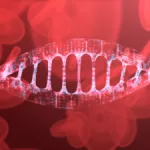 DNA, or Deoxyribonucleic Acid, is the genetic material found in cells, composed of a double helix structure. It serves as the genetic blueprint for all living organisms. Read Full Definition. Miescher wanted to study the chemistry of cells. He chose to study white blood cells, which are abundant in pus, and were abundantly available to him in bandages from a hospital near his university. Miescher isolated a material rich in phosphorus from the cells and called it nuclein.
DNA, or Deoxyribonucleic Acid, is the genetic material found in cells, composed of a double helix structure. It serves as the genetic blueprint for all living organisms. Read Full Definition. Miescher wanted to study the chemistry of cells. He chose to study white blood cells, which are abundant in pus, and were abundantly available to him in bandages from a hospital near his university. Miescher isolated a material rich in phosphorus from the cells and called it nuclein.
The first book that Galton wrote was titled hereditary genius. This book marked the beginning of the psychological field. The book’s thesis stated: “genius” or “talent’ is genetically rather than environmentally determined.” He devoted the latter part of his life to propagating the idea of improving the human species’ physical and mental makeup.
The first electrical impulses were observed in 1875 by Richard Caton (1842–1926) who proved that animal brains possess electrical activity using galvanometer, which is a type of electrical ammeter to measure electric current in the brain of monkeys and rabbits.
1876: Cesare Lombroso (1835–1909) published The Criminal Man, which states that criminals can be identified and classified by their physical characteristics. His theory suggests that there are basic differences between offenders and non-offenders. More specifically, according to Lombroso, born criminals have certain physical characteristics or abnormalities that make them different.Cesare Lombroso called these abnormalities atavistic characteristics.
Massachusetts became the first state to pass a law replacing the office of coroner with that of medical examiner and requiring that the Medical Examiner have a license to practice medicine.
Thomas Taylor, microscopist to U.S. Department of Agriculture, suggested that markings of the palms of the hands and the tips of the fingers could be used for identification in criminal cases. Although reported in the American Journal of Microscopy and Popular Science and Scientific American, the idea was never pursued from this source.
1879: Rudolph Virchow, a German pathologist, was one first to study hair and recognize its limitations. He was called as an expert witness in a murder case, and he used hair samples collected from the victim. He became the first to recognize the limitation of hair as evidence. He found that hairs can be different in an individual, that individual hair has characteristic features, and that hairs from different individuals can be strikingly similar.
Frenchman Alphonse Bertillon develops a system to identify people using body measurements. This system consisted of five initial measurements — head length, head breadth, length of the middle finger, length of the left foot, and length of the cubit. Along with these measurements, Bertillon used photography, now known as a mugshot, to complete this system of record.
- Henry Faulds (1843-1930), a Scottish physician working in Tokyo, published a paper in the journal Nature suggesting that fingerprints at a crime scene could identify the offender. He also showed that powder dusting would expose latent fingerprints.
- Dr. Henry Faulds forwards an explanation of his fingerprint classification system to Sir Charles Darwin, who is too ill to be of assistance. DARWIN passes the material to his cousin Francis GALTON.
- Henry Faulds and William James Herschel publish a paper describing the uniqueness of fingerprints.
- Francis Galton, a scientist, adapted their findings for the court. Galton’s system identified the following patterns: plain arch, tented arch, simple loop, central pocket loop, double loop, lateral pocket loop, plain whorl, and accidental.
- In one of the first recorded uses of fingerprints to solve a crime, Faulds used fingerprints to eliminate an innocent suspect and indicate a perpetrator in a Tokyo burglary.
- Cesare Lombroso (1835–1909), a pioneering figure in criminology
 Criminology is the study of criminal behavior and its interactions with the legal system, incorporating theories, crime prevention, and societal implications. Read Full Definition, applies a mechanical device to measure blood pressure and pulse changes to discover physiological changes associated with lying.
Criminology is the study of criminal behavior and its interactions with the legal system, incorporating theories, crime prevention, and societal implications. Read Full Definition, applies a mechanical device to measure blood pressure and pulse changes to discover physiological changes associated with lying. - BURMAN uses temperature graphs to determine the time since death.
- Gilbert Thompson, a railroad builder with the U.S. Geological Survey in New Mexico, put his own thumbprint on wage chits to safeguard himself from forgeries. This is the first known use of fingerprints in the United States.
- Alphonse Bertillon (1853–1914), a French police employee, developed his anthropometric identification system. In 1883 he identified the first recidivist based on his invention of Anthropometry.
- 1883: Mark Twain (1835–1910) employs fingerprint identification in his book Life on the Mississippi, and in a later book by Mark Twain, “Pudd’n Head Wilson,” there is a dramatic court trial on fingerprint identification.
- England passes the Coroner’s Act, which establishes the position of the coroner to determine the causes of sudden, violent, and unnatural deaths.
- Womack first uses centigrade units to take body temperature to determine the time of death.
Arthur Conan Doyle published his first Sherlock Holmes story, A Study in Scarlet, in Beeton’s Christmas Annual of London. Doyle had a background in physics and was a graduate of the University of Edinburgh School of Medicine. He incorporated forensic techniques into the detective work of the fictional character Sherlock Holmes exposing the general public to forensic science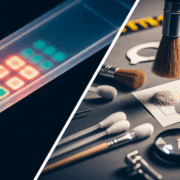
- Anthropometry, a system using measurements from various physical characteristics and bones, is used throughout the U.S. and Europe. Using the system, a criminal’s information could be reduced to a set of numbers.
- American George Eastman invents the first hand-held camera. He calls it the “Kodak” camera and retails it for $25.
Alexandre Lacassagne (1843–1924), professor of forensic medicine at the University of Lyons, France, published a text describing that marks on bullets could be matched to those within a rifled gun barrel. His comparisons at the time were based simply on the number of lands and grooves.



